At the Department of Energy's Lawrence Berkeley National Laboratory (Berkeley Lab), the 88-Inch Cyclotron is a powerful machine built to accelerate ions and explore the atomic nucleus. For decades, it has helped scientists probe the building blocks of matter.
There's another side to this machine that is less well known but equally impactful: It's an indispensable testbed for electronics, materials, and medical isotopes. By delivering beams of charged particles that can be tuned to different energies and compositions, the 88-Inch Cyclotron plays a surprising and wide-ranging role in science and technology - advancing energy technologies, helping spacecraft survive radiation, and improving cancer treatments.
In collaboration with companies, universities, and government partners, here are a few examples of how the 88-Inch Cyclotron has made modern technology more reliable, resilient, and revolutionary:
Ensuring Sturdy Satellites for GPS
Much of the 88-Inch Cyclotron's work is in testing electronics components - think microchips and circuit boards - to make sure they can stand up to harsh environments. These efforts are concentrated at the Berkeley Accelerator Space Effects (BASE) Facility, which can emulate years of exposure to space radiation in just hours. Since pioneering this type of heavy ion testing in 1979, researchers have used the 88-Inch Cyclotron to test every generation of GPS - the system behind smartphone directions, app-based location services, shipping logistics, emergency response, and many more everyday applications. By assessing how cosmic rays deposit energy and damage electronics on satellites, manufacturers can then design resilient components to keep this crucial tool running smoothly.
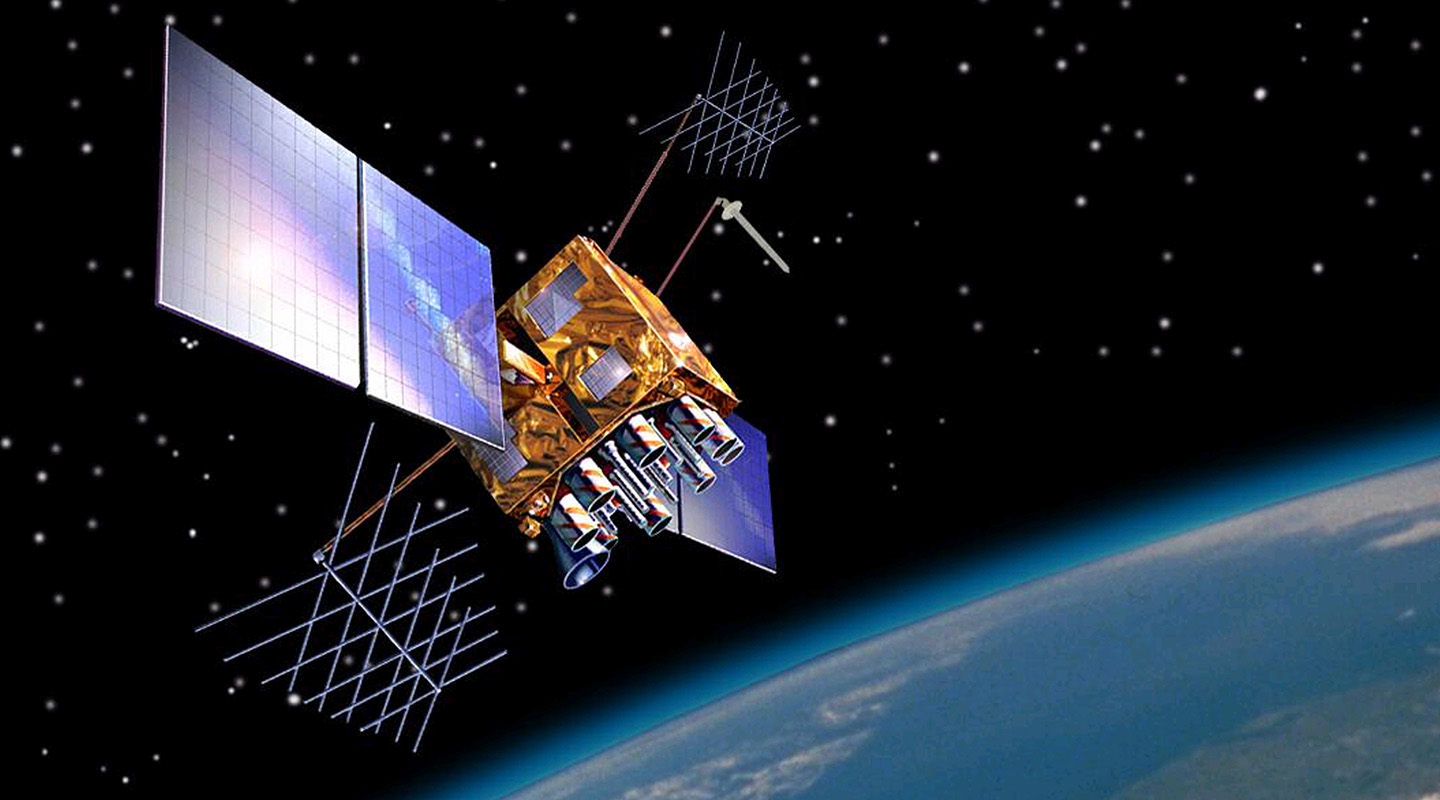
Developing Tougher Materials for Fusion Energy
Nuclear fusion could provide a huge supply of power, but building a fusion plant that can handle the intense process requires solving fundamental engineering problems. Using an intense beam of high-energy neutrons produced by the 88-Inch Cyclotron, researchers and companies can test materials under consideration for fusion energy machines; for example: optics that focus the laser, structural materials, and the superconducting wire for magnets.
Previous tests at other facilities used X-rays, beams of charged particles, or low-energy neutrons, which don't fully replicate the reactions from fusion. Berkeley Lab's more realistic neutron beam helps teams know how their materials might respond with far greater accuracy, and, in turn, design more resilient equipment up to the challenge. "No one wants to use a poor surrogate for their tests if they can use what's basically the real thing," said Andrew Voyles, a UC Berkeley research engineer at the 88-Inch Cyclotron who leads that research program.

Getting Rockets Ready for Launch
To prepare for extreme conditions, launch vehicles like the Atlas, Delta, and Falcon rockets have tested their electronics at the BASE Facility. Prototype components undergo rigorous trials that reveal design vulnerabilities and allow for crucial improvements before launch. The impact of even a single high-energy particle - a "single event effect" - can disrupt or disable an unprotected microchip. BASE Facility research coordinator Mike Johnson estimates that over 90% of the U.S. spacecraft that have ever gone to space have at least some of their electronics evaluated at the 88-Inch Cyclotron.
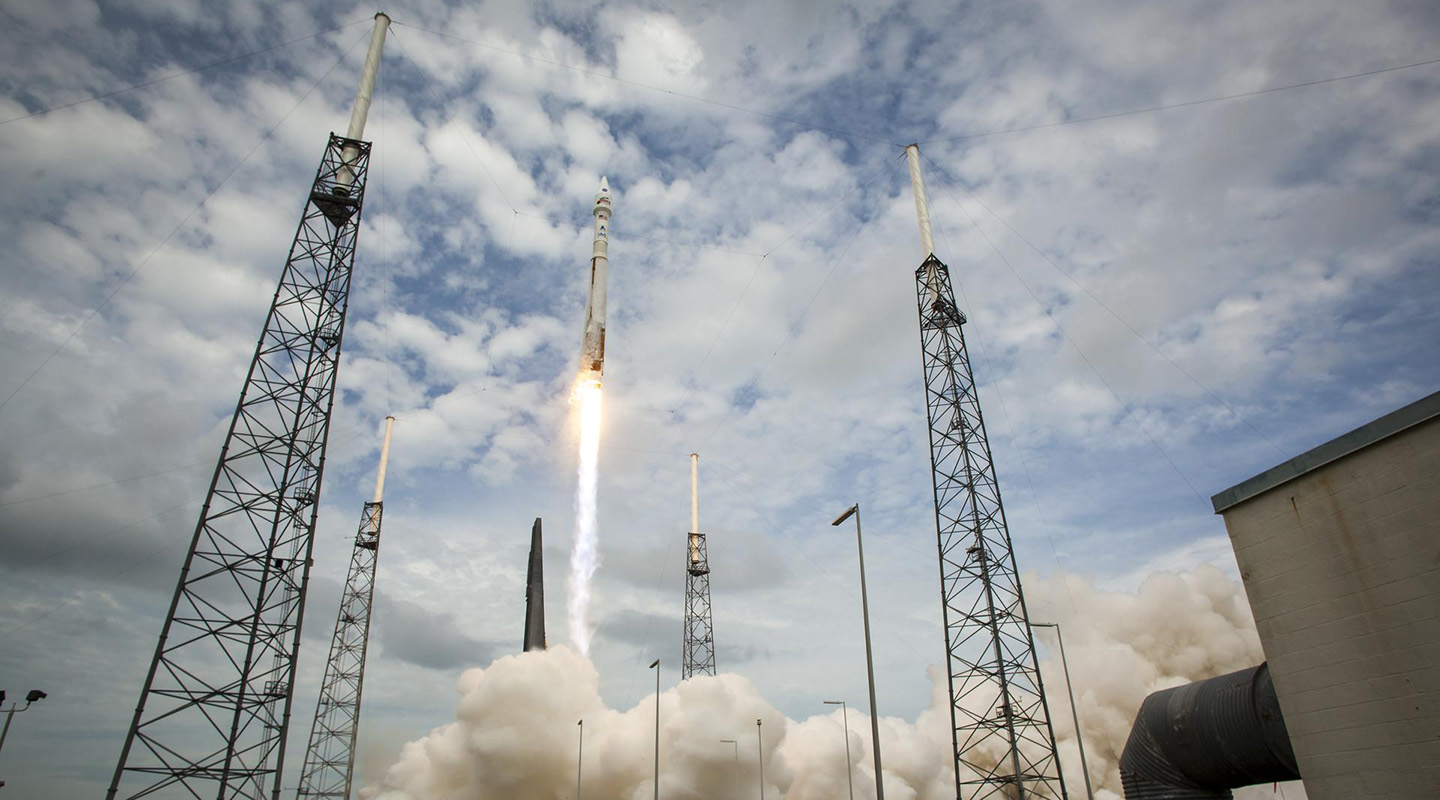
Accelerating Access to Cancer Therapies
Actinium-225 is a promising isotope for targeted cancer treatments, but it's notoriously difficult to produce. It has been called "the rarest drug on Earth," with a global supply of about 1,000 doses a year. Researchers used the 88-Inch Cyclotron's neutron beam to pioneer a new method to make the isotope more efficiently. The team also designed and tested a piece of equipment that industry can license and pair with the technique to produce actinium-225 in far larger quantities - potentially thousands of doses per week. In addition, experts at the facility research the optimal ways to make other medical isotopes used in PET scans, diagnostics, and potential treatments, and have shared that knowledge with industry and academic partners across the country.
"We do these basic measurements to find the optimum recipes for making these rare isotopes, then hand it off to production facilities that can start making it in large quantities," Voyles said. "We sit at this intersection of really interesting scientific challenges with massive societal benefits on a time scale faster than you usually see in physics. It's the best of both possible worlds: We get to do impactful work while figuring out some cool science in the process."
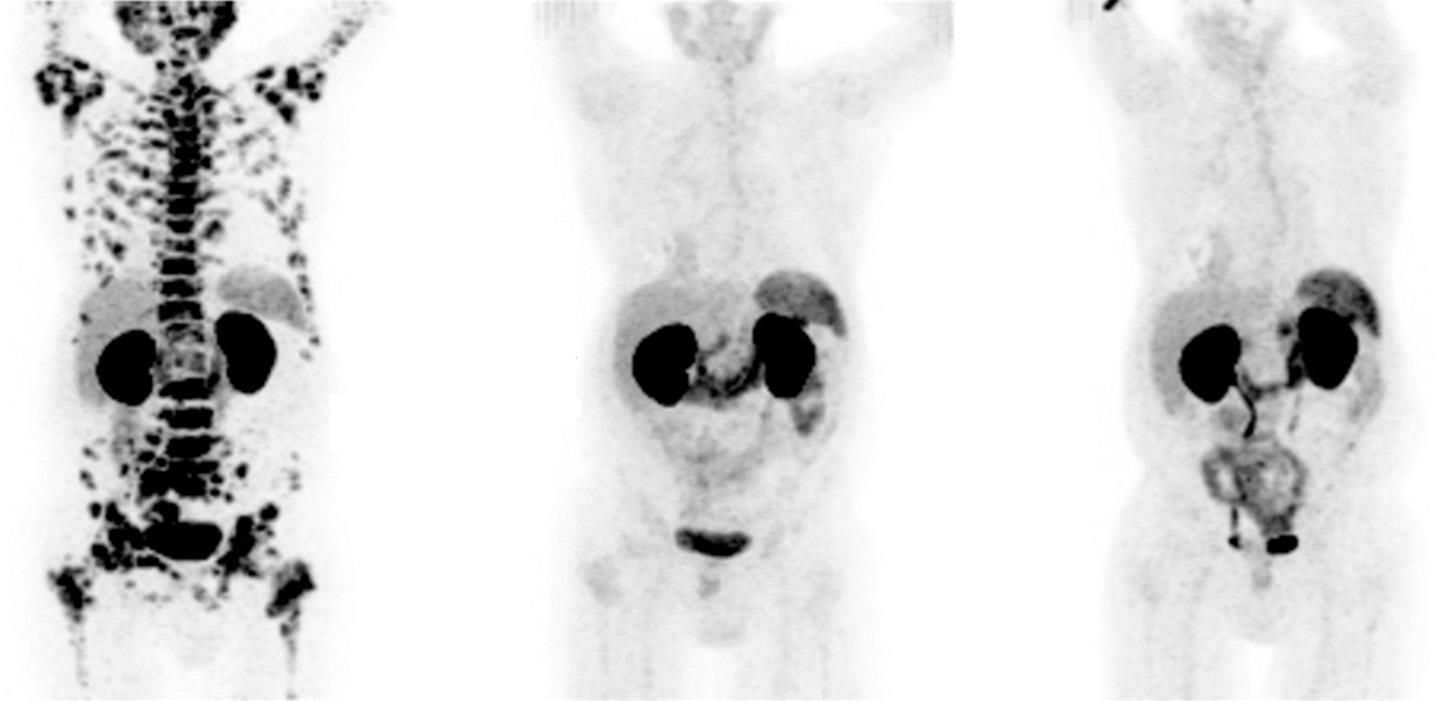
Powering Space Science to Explore Our Universe
At the BASE Facility, researchers can tune the particle beam and adjust the "cocktail" of ions and energies to simulate different radiation conditions that you might find in low-Earth orbit, deep space, or on the surface of another planet. That adjustability helps space agencies like NASA, the European Space Agency (ESA), and the Japan Aerospace Exploration Agency (JAXA) assess their equipment as precisely as possible. The 88-Inch Cyclotron has tested electronics for dozens of high-profile missions, including multiple Mars rovers, the New Horizons mission to Pluto, and the James Webb Space Telescope. "We've tested parts for spacecraft that have gone to all the planets in the solar system," Johnson said.
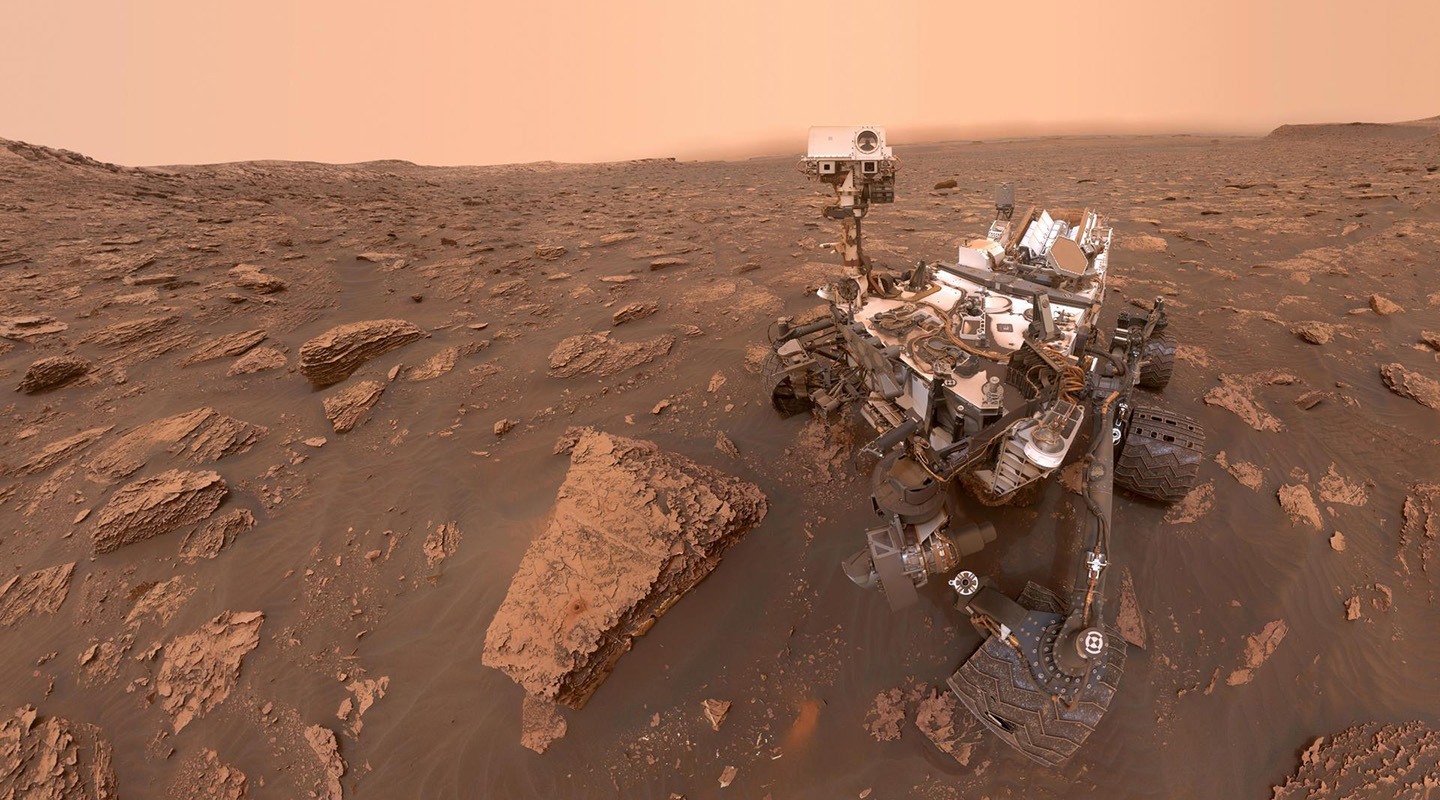
Keeping Astronauts and Missions Safe
When astronauts venture into space, the stakes are even higher. The 88-Inch Cyclotron has supported human spaceflight efforts for decades, testing electronics for the Space Shuttle, International Space Station, and spacesuits. Recently, it's been used to evaluate the electronics in the latest generation of extravehicular mobility units, spacesuits designed for NASA's Artemis program and future missions to the Moon and Mars. These tests help engineers identify how radiation might affect systems, allowing teams to troubleshoot and safeguard those technologies before astronauts rely on them in the field.
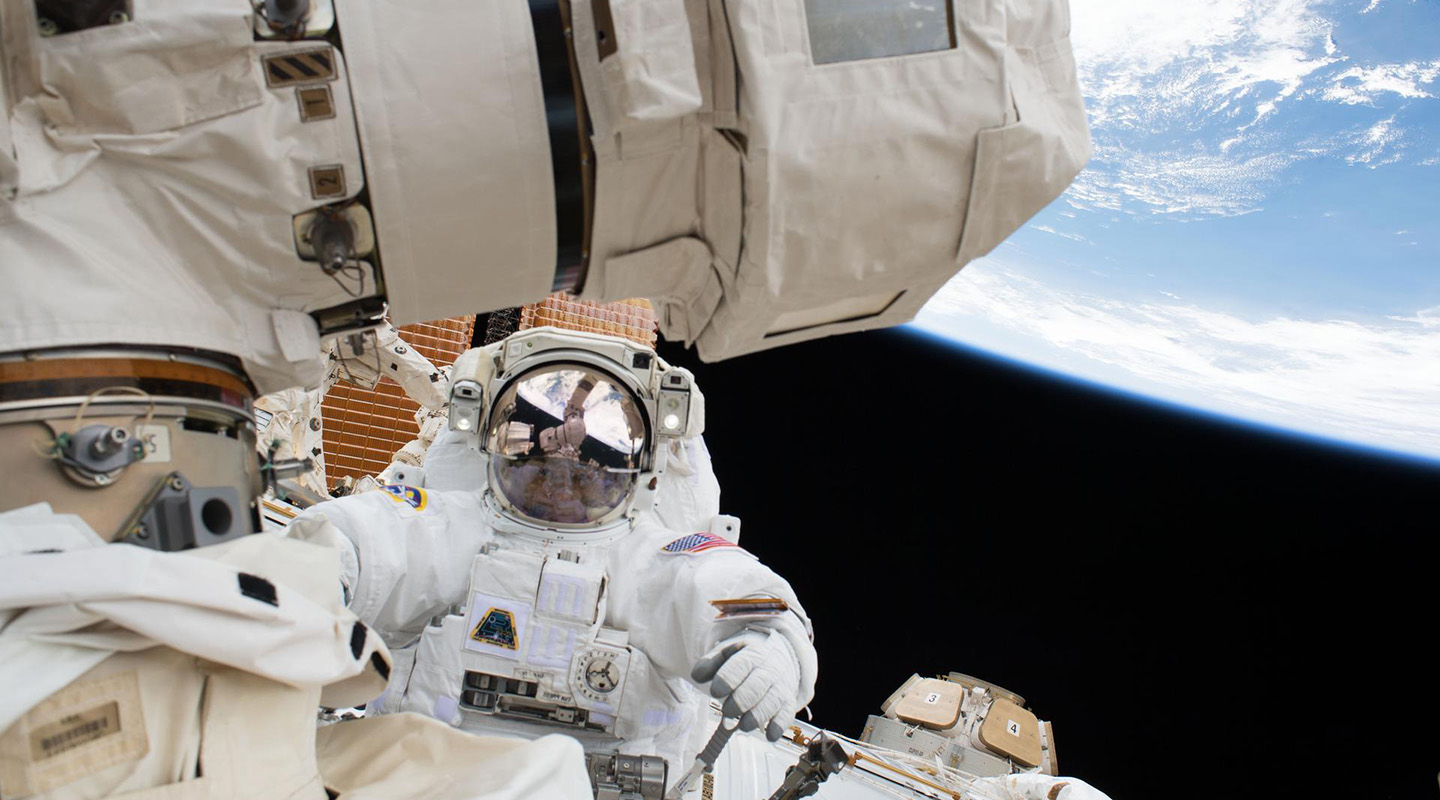
Lowering Costs for Molten Salt Reactors
Molten salt reactors are a next-generation nuclear energy design that use liquid salts (similar to sodium chloride, or table salt) to transfer heat and eventually create electricity. Designers had theorized that chlorine isotope impurities in the salt might absorb too many neutrons, limiting reactor performance - and filtering out the impurities was expected to cost hundreds of millions of dollars. But the reaction had never been tested directly. Using a neutron beam at the 88-Inch Cyclotron, researchers measured the process and found that the impact was negligible. Filtering the chlorine wouldn't be necessary, saving potential commercial developers money and making molten salt reactors more viable.
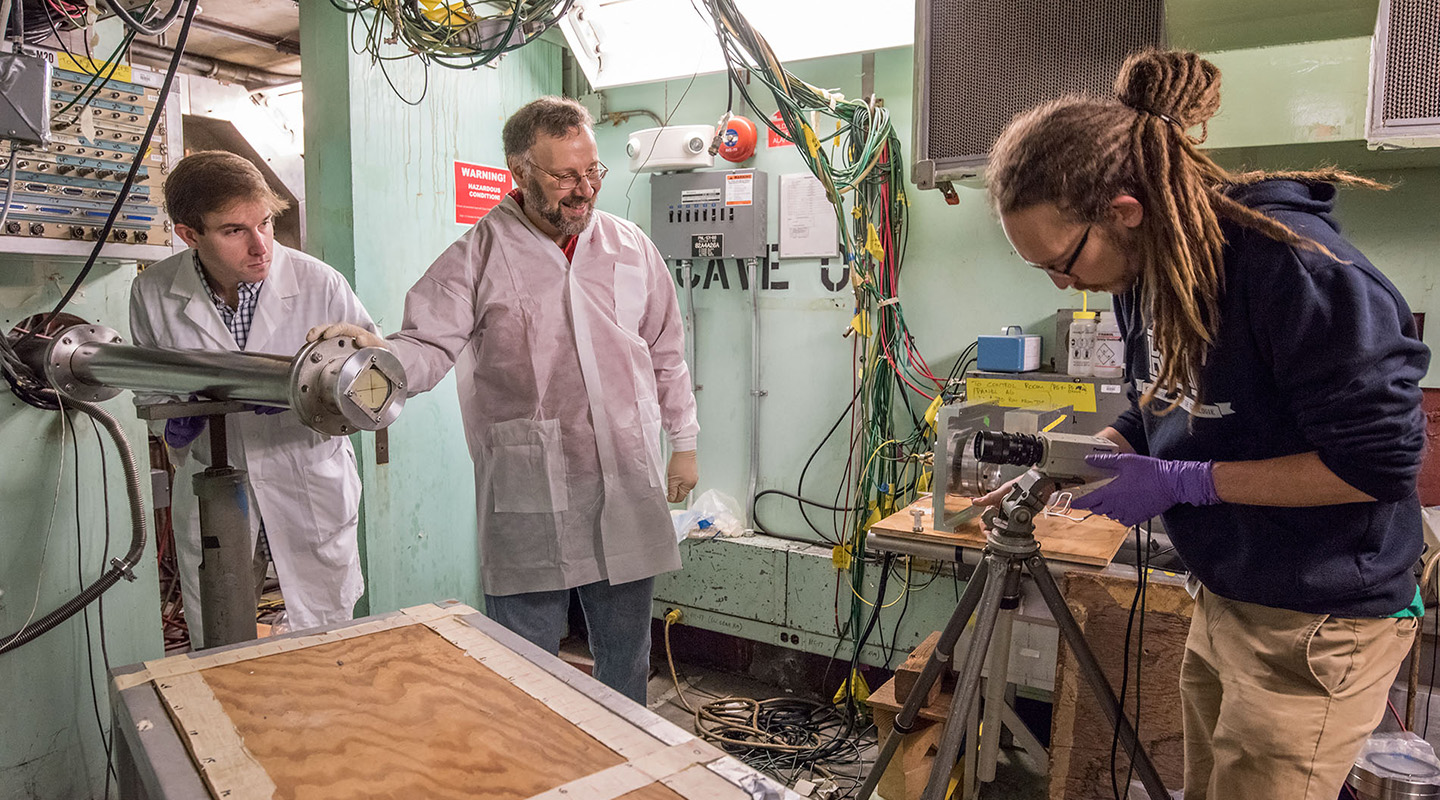
Supporting National Defense with Hardened Tech
Electronics used in national defense systems must withstand extreme conditions. The Missile Defense Agency and Test Resource Management Center are among those who use the BASE Facility to test and strengthen critical components. By replicating challenging radiation environments, the cyclotron ensures that these systems remain reliable under stress. "Even on land, depending on what a computer is doing, you might have sensitive parts," Johnson said. "It highlights the importance of this kind of testing. Whether damaging particles come from the sun or a nuclear incident, if you have these parts fail, you could lose crucial systems."
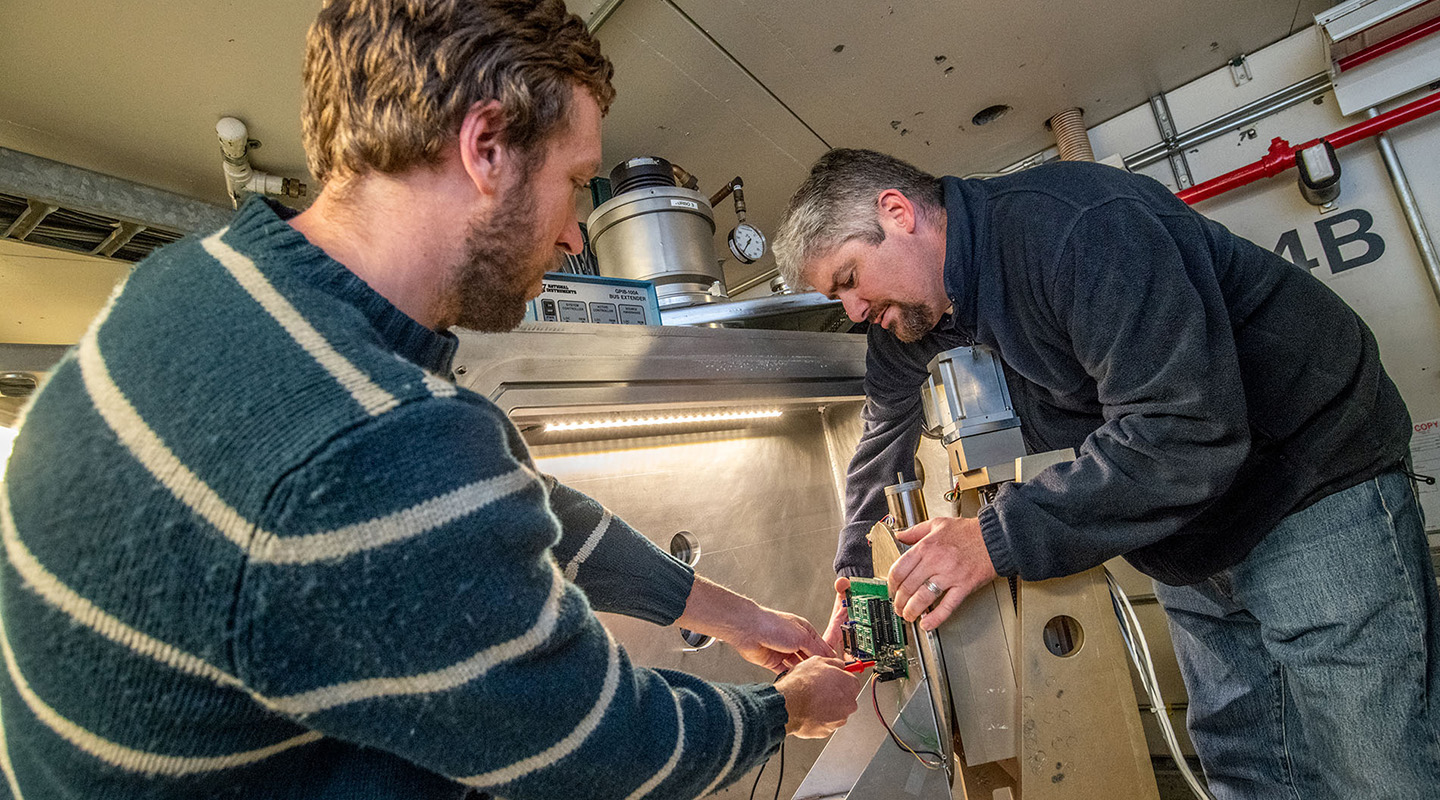
Making Travel Safer by Testing Parts for Cars and Planes
While much of the 88-Inch Cyclotron's testing focuses on electronics destined for space, its capabilities are also important for systems on Earth that require high reliability and safety. Modern commercial aircraft and vehicles rely on increasingly complex electronics, from autonomous navigation systems and flight control computers to advanced driver-assist features in cars. These systems must be able to withstand single event effects from cosmic rays that find their way to Earth. Companies working on aviation and automotive technologies use the BASE Facility to rapidly put their electronics through their paces.






